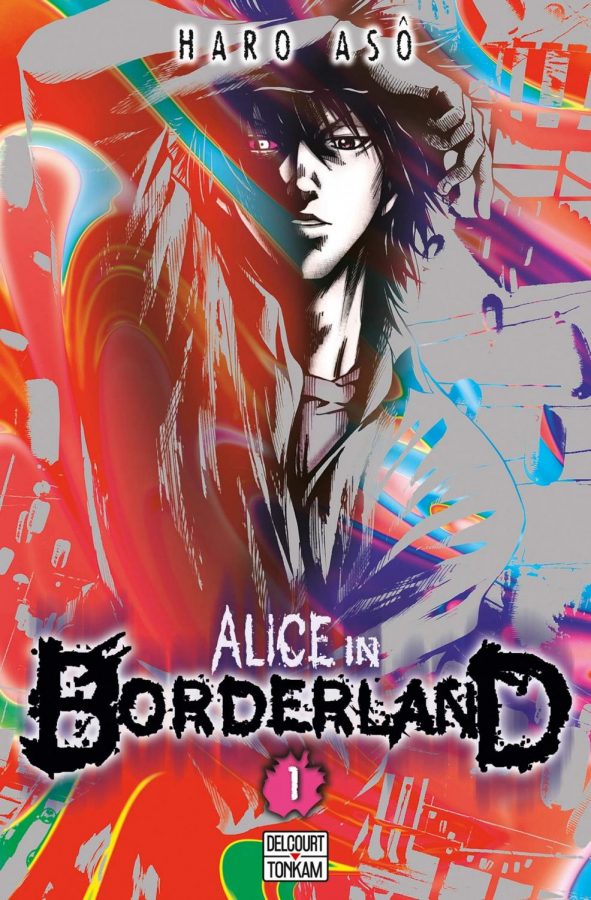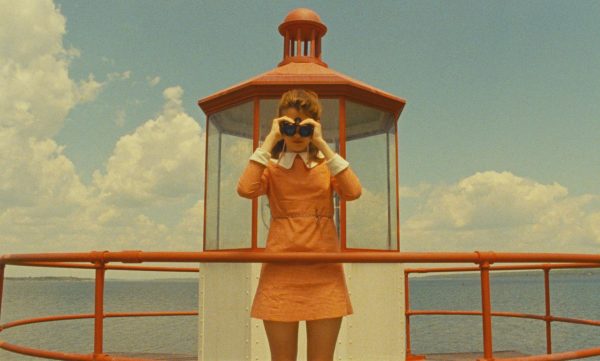Alice In Borderland: How a manga adaptation is done right
The Netflix Original series “Alice in Borderland” is a live-action adaptation of a Japanese manga by author and illustrator Hara Aso. The manga was first published in 2010 and ended in 2011. The series is about an “aimless video gamer and his two friends who find themselves in a parallel Tokyo. In this parallel universe, they are forced to complete a series of sadistic survival games”. The all-around success of the show was due to the production team’s effort to pay attention to detail from the original manga.
The show’s premiere was such a hit that it has already been cleared for a second season on Netflix. Typically, live-action-manga adaptations miss the mark, which was seen with “Death Note” and “Attack on Titan.” Live-action anime and manga adaptations have garnered a bad reputation, either due to bad computer-generated imagery (CGI), casting decision controversy or poorly portrayed characters. Within the adaptations, many details are taken out from the manga or anime, such as plot or themes. This occurs because producers often want to incorporate more westernized ideas in the live-action versions. There are also limitations to what the studio can do in the transition from anime or manga to a film or series — this can be because of production budgets. However, even bigger studios have issues; they have the money to create staggering visuals for the audience, but they seem to lack the understanding of what made the original work interesting. To put it simply, they choose to ignore the whole concept of the story, such as the character’s motivation behind their actions and rather only look at the visuals, which result in the whole story being rewritten.
A perfect example of rewriting a character would be “Death Note the live-action.” The producer rewrote the main character, Light, by changing his original motives for seeking justice. Light’s motives in the anime and manga always made the audience rethink their perception of what they believed to be right and wrong within the justice system. In the adaptation, they changed him into only doing things for the purpose of impressing a girl he likes. This completely undermines the entire plot and the sole justification for his character arc.
Shows like “Alice in Borderland” have proven to be an exception to the disappointments of live-action adaptations. “Alice in Borderland” has had immense success due to its careful attention to detail and very conscious direction from its cast and crew. One of the best choices that this adaptation has made is making the manga into a TV show instead of a movie, which allows the full story to be played out just like the manga. The director was very careful in making sure that the plot and visual effects were accurate to the original manga. An example of this attention to detail was when the crew went to a zoo to learn how animals move and how their fur moves with them. The benefits of this work can be seen in episode four, “The Underground Marathon Usagi,” with the art behind the black panther.
The results speak for themselves when it comes to going above and beyond due to the hard work of the team, as the manga sales in France for “Alice in Borderland” went from five to six volumes sold per week to the first of all fifty volumes being sold per week after the release of the adaptation. Due to the massive success of the show, the repercussions of sales for the manga were immediate. Google searches for the show shot up globally around the time of its release, making it the top ten in Malaysia, Hong Kong, the Philippines, and many other countries. It has been placed in the top ten Google searches in nearly forty countries and territories.
The series restores faith in adapting a manga into a live-action series as it stays true to the original author’s work and characters. Manga adaptations should be adapted without changing any of the major plot points of the manga, as that will increase their overall success rate. Fans of the manga fell in love with the author’s original work, of its storyline, characters, and plot; by changing the manga for the sake of the adaptation, the story falls apart and leads to disappointment.













